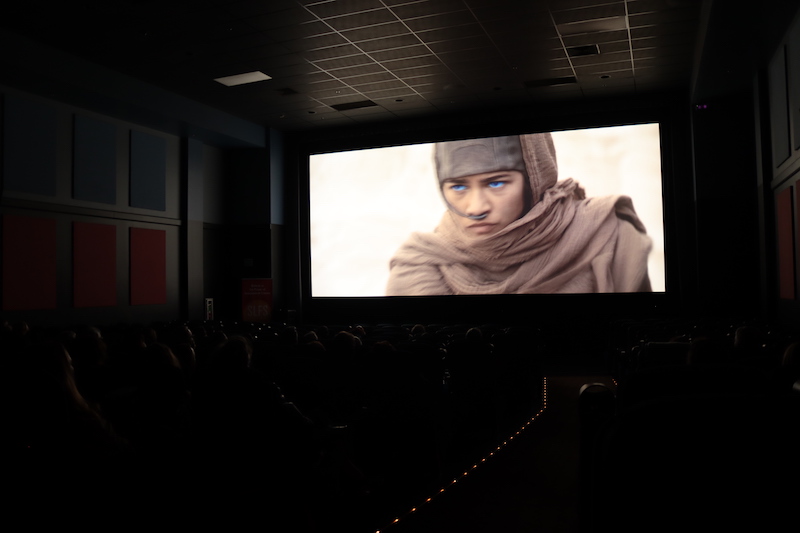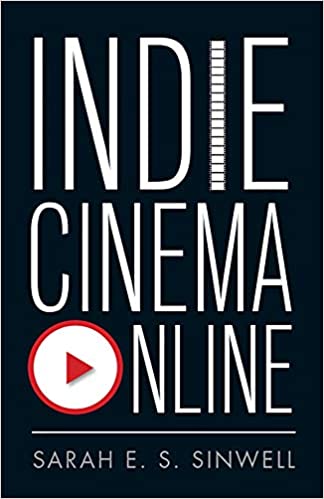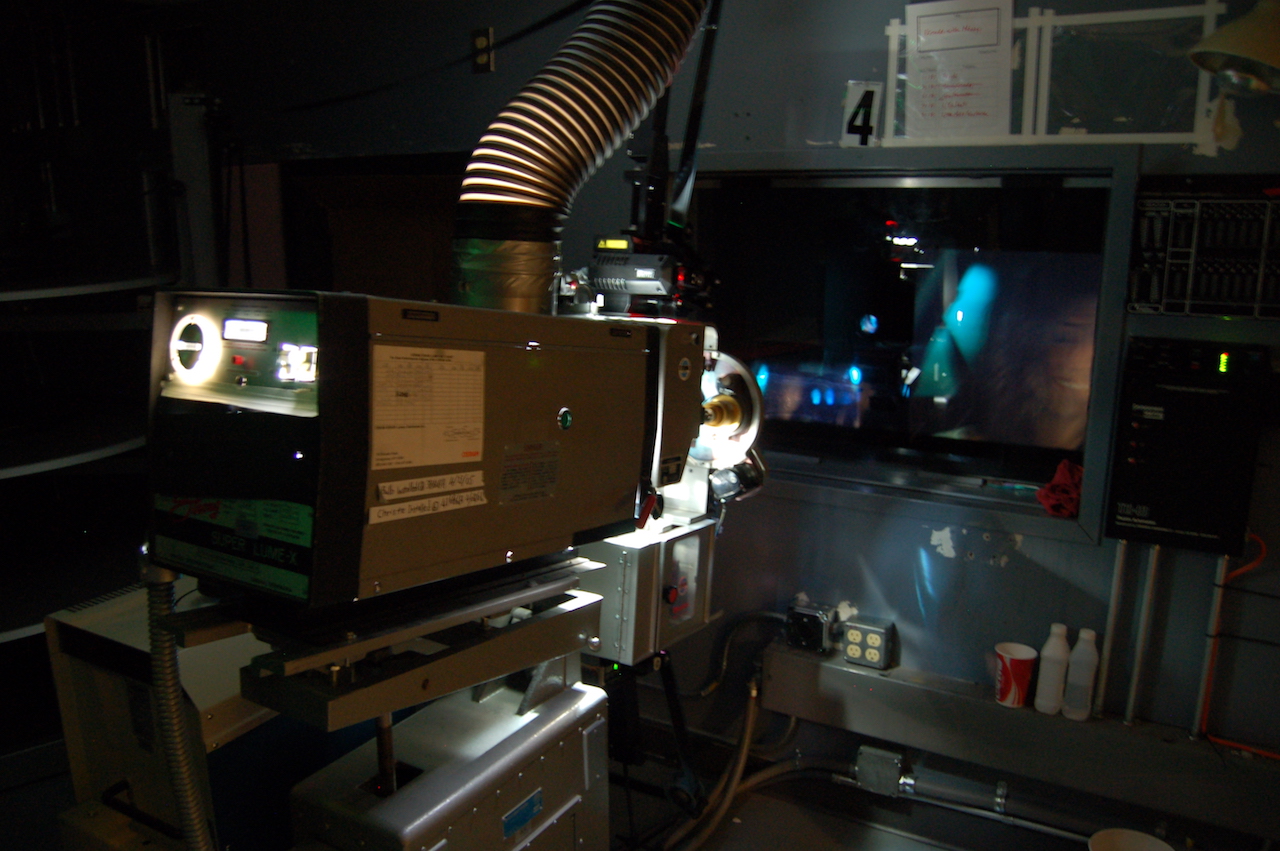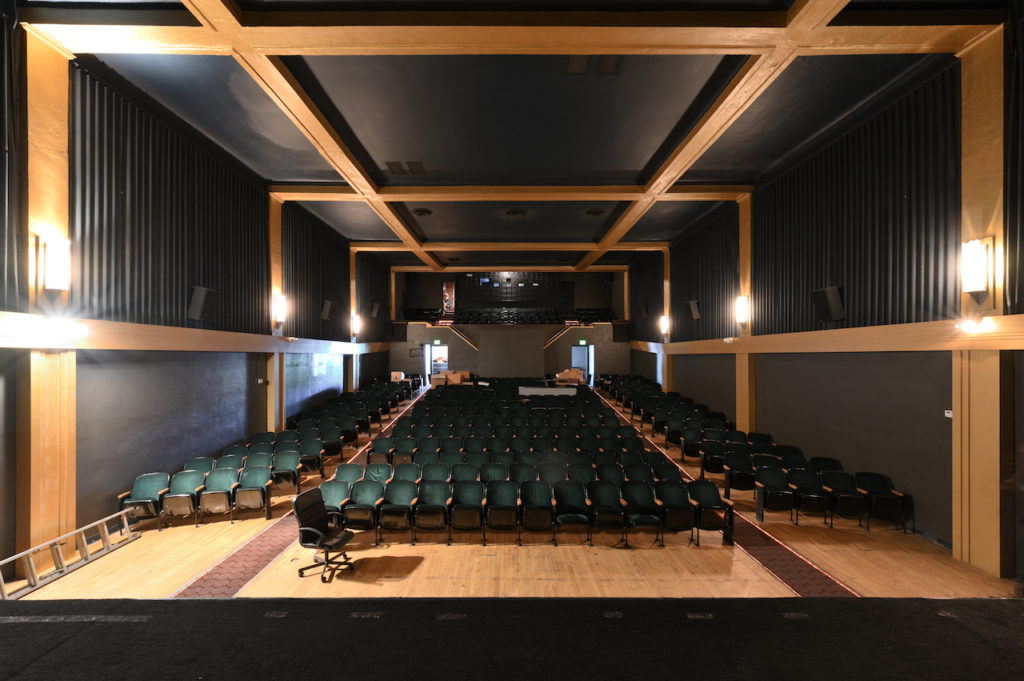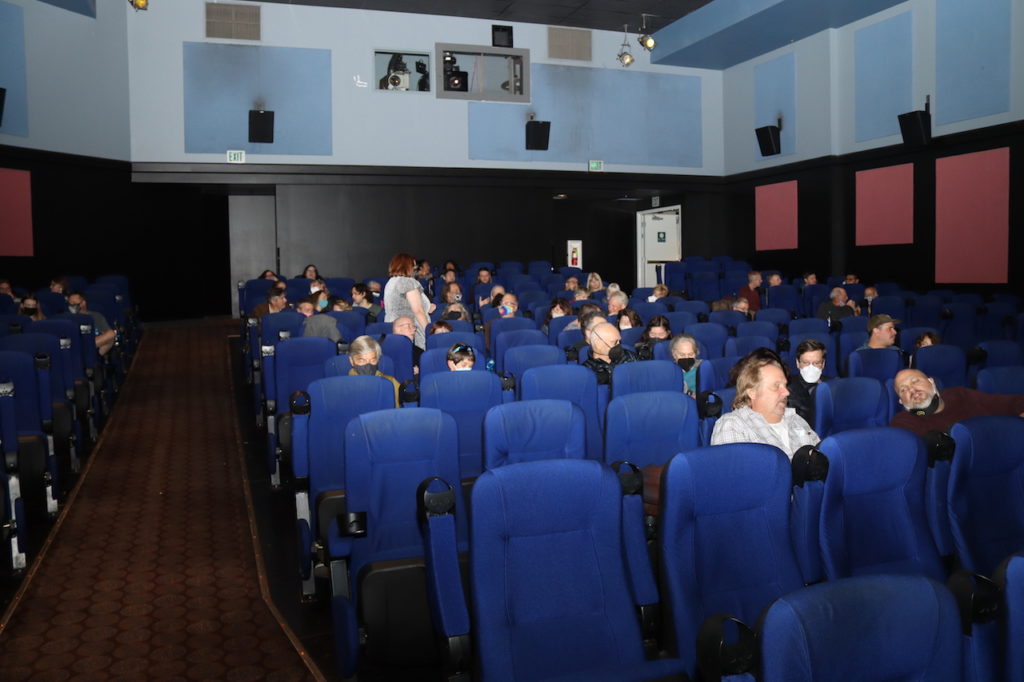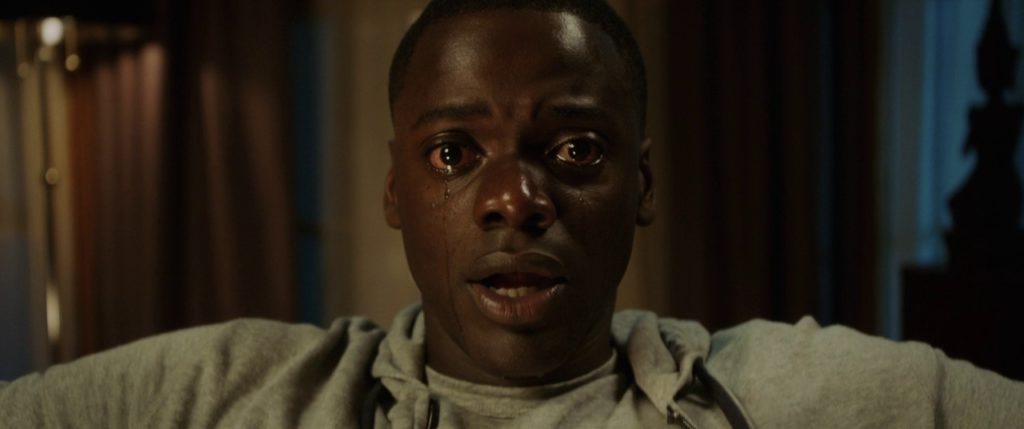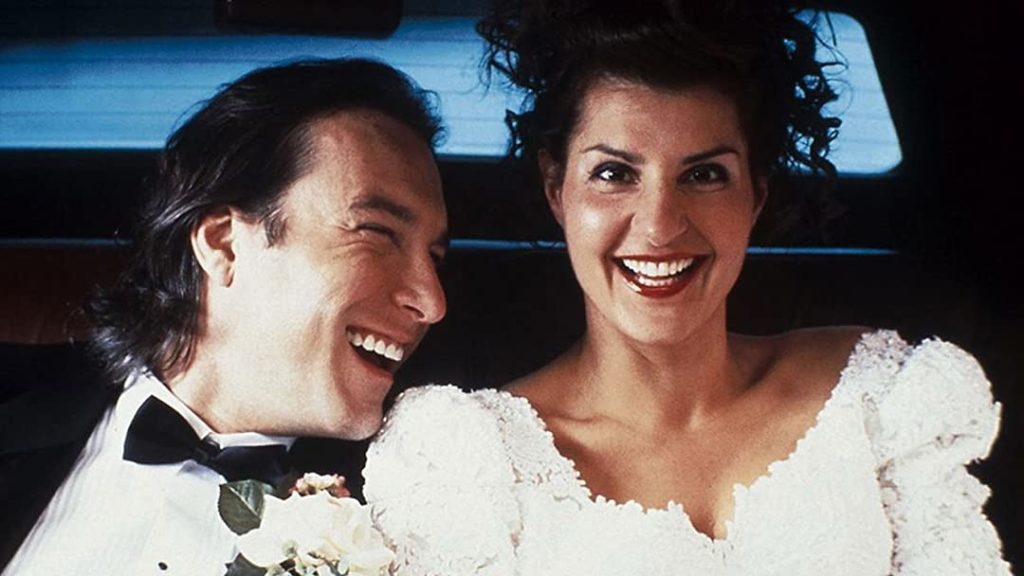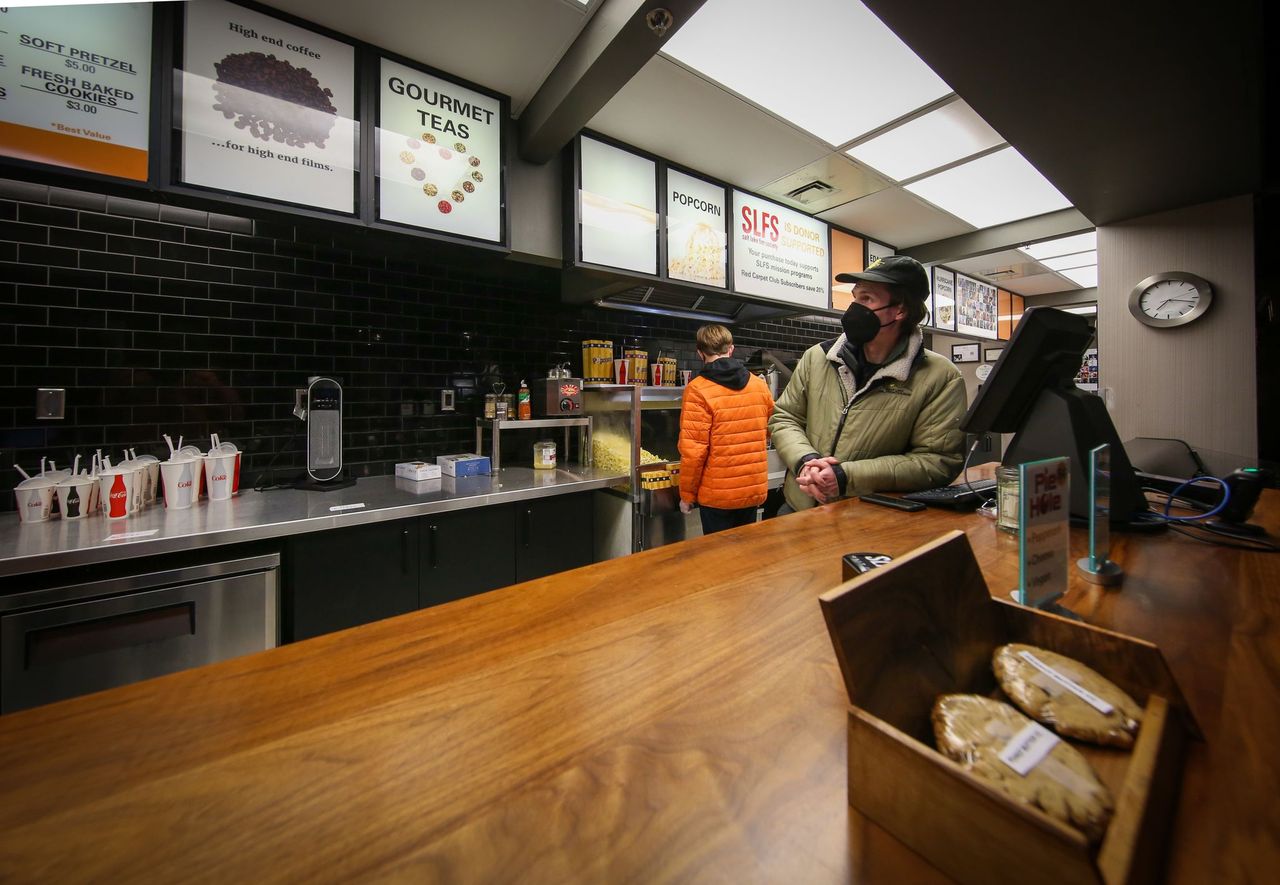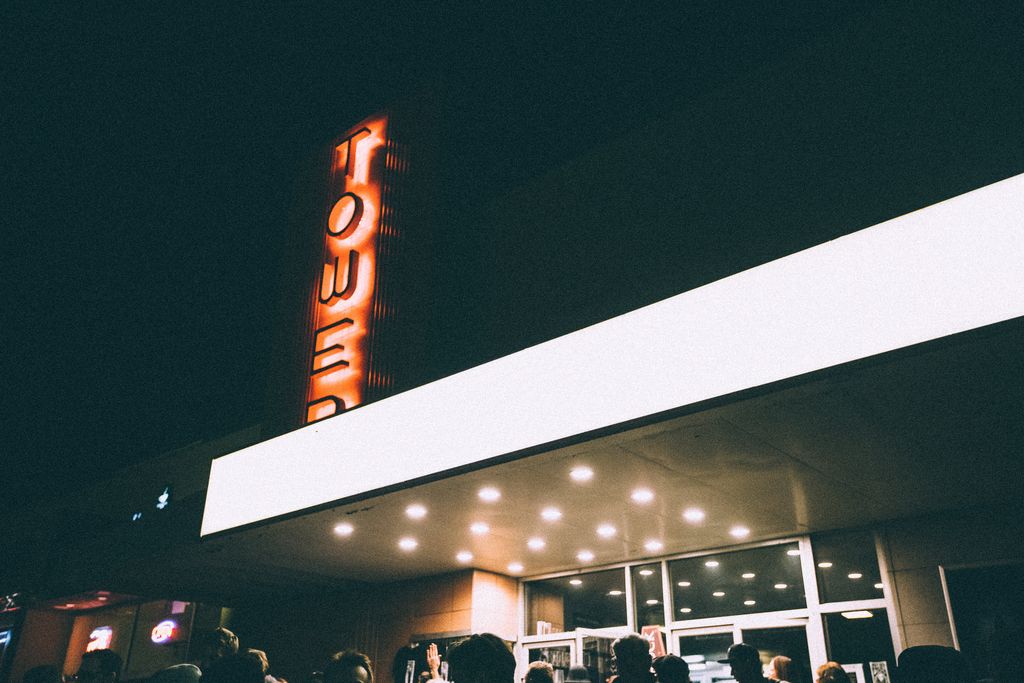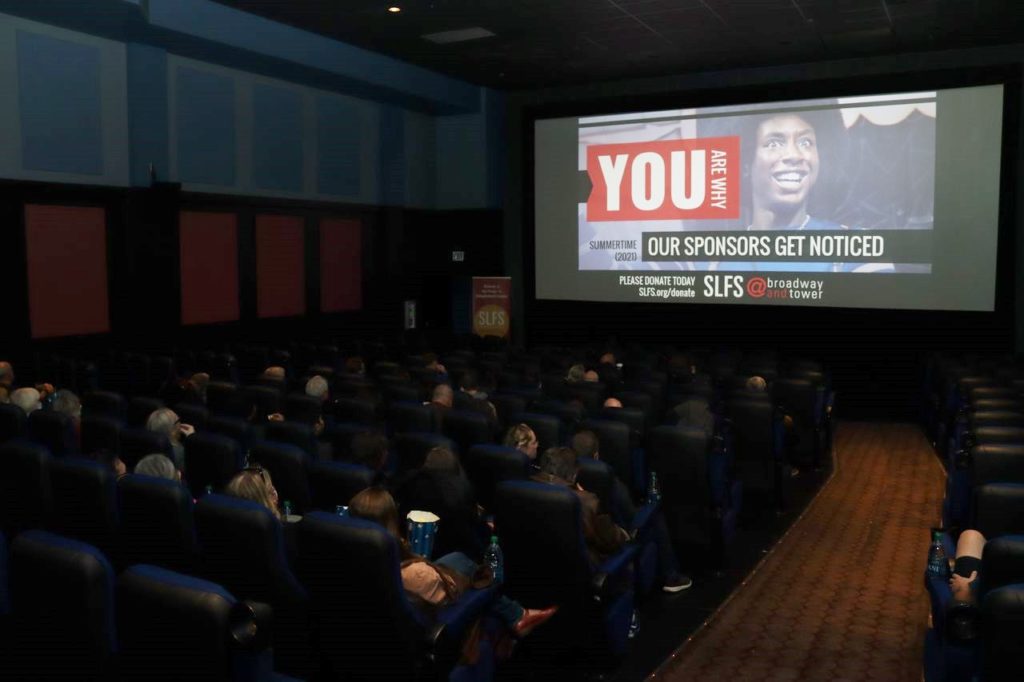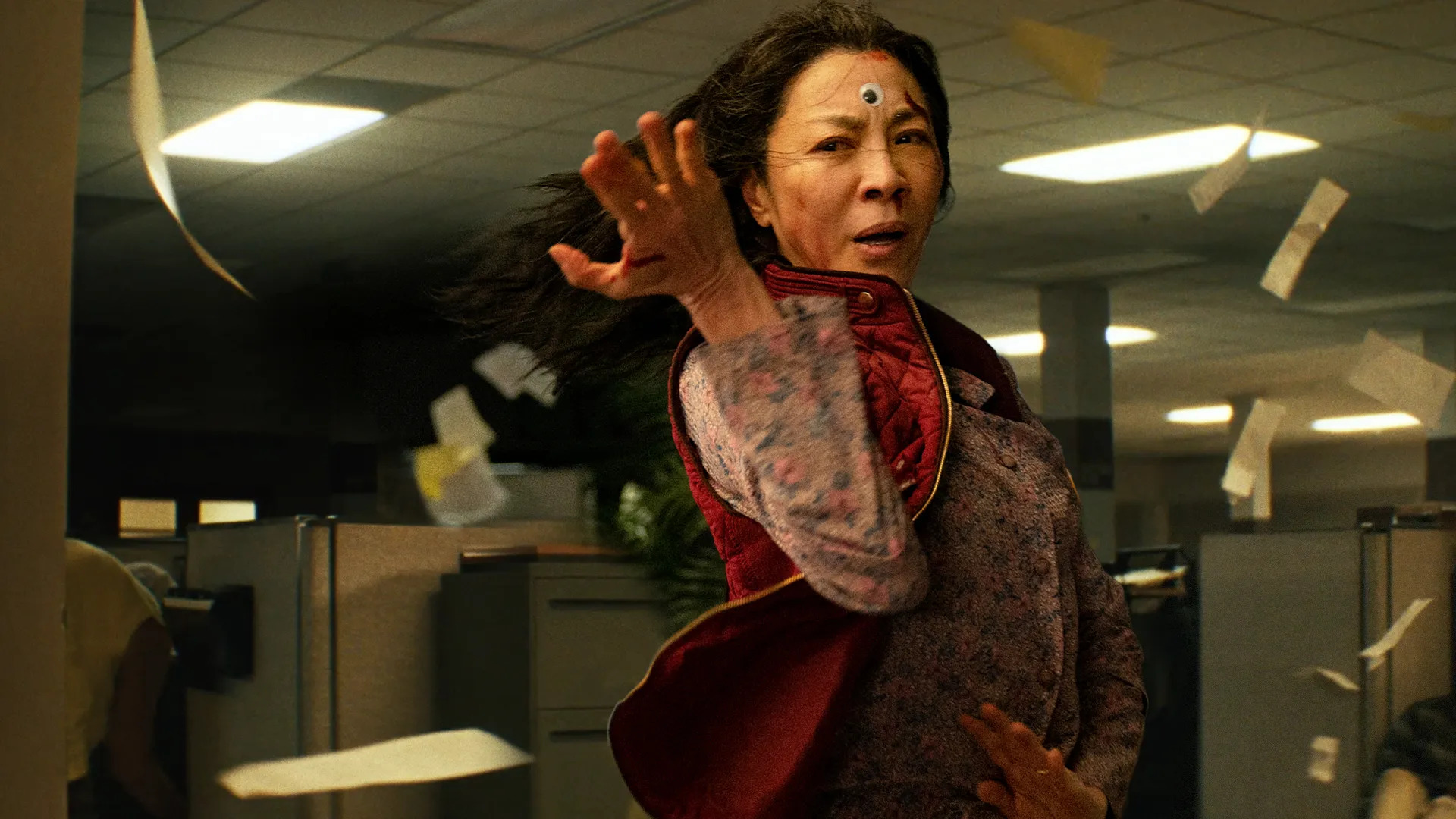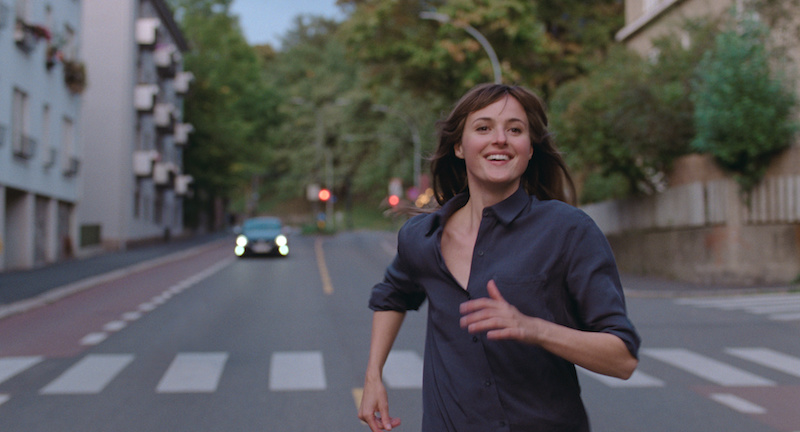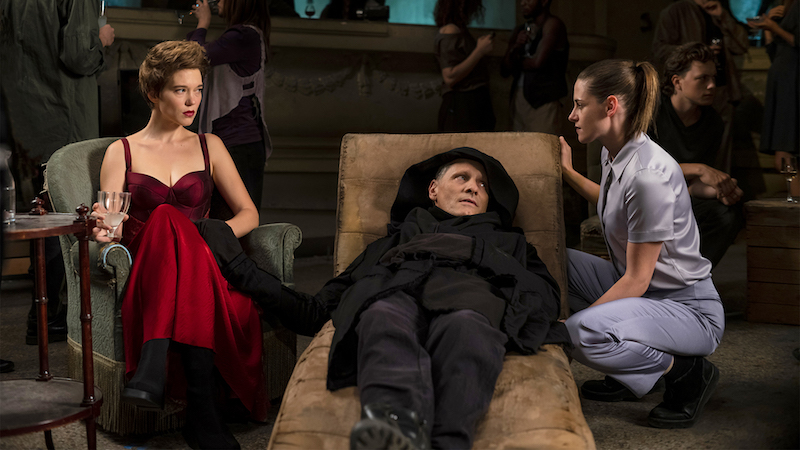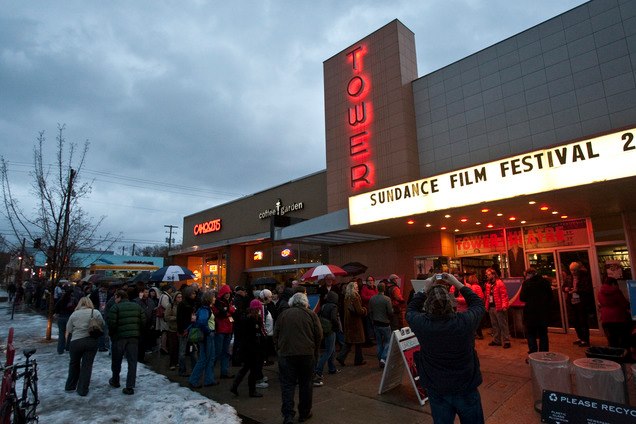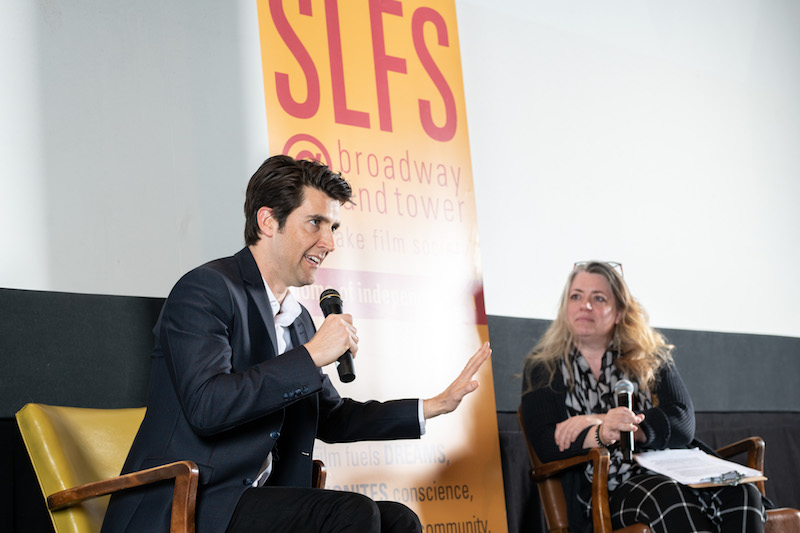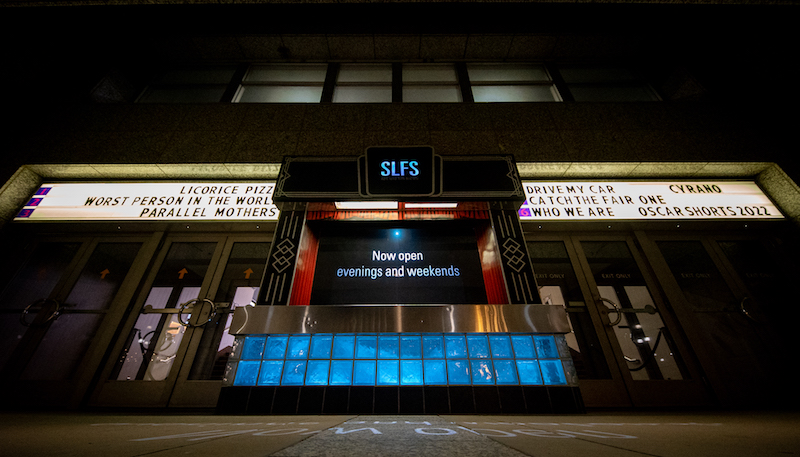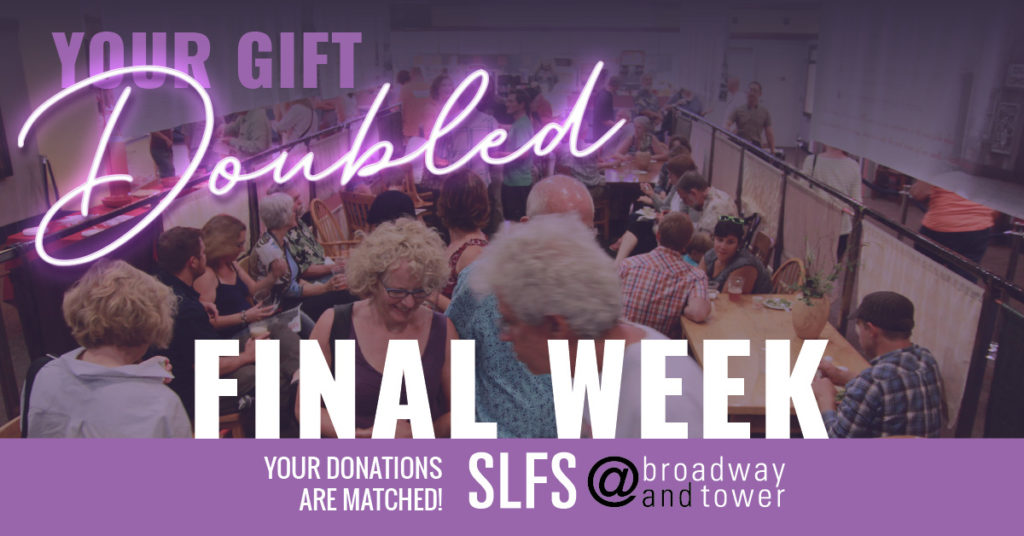Alyanna Padilla (she/her) is a Filipina-American woman and current Utah resident. She is the creator of To Ami with Luv, a newsletter about the K-pop supergroup BTS and the importance of combating racism in pop culture with diverse artists and storytellers. Alyanna has been a loyal SLFS patron ever since she moved here to attend school 10 years ago. Both the SLFS theaters and the proximity to the Sundance Film Festival helped foster her love for independent films, as well as an appreciation for the budding film industry here in Utah. You can read her newsletter here and find her on Instagram and Letterboxd @alyannapadilla.
“Representation Matters” feels like such an overused statement these days. Discussions about diverse films on press tours and in the media almost always include the question: “What does it mean for you to be an *insert member of underrepresented, marginalized community here* in the industry? It is such a loaded, cloying question and many artists feel pressured to represent every member of their community, simply by doing their job.
This is because for years in the mainstream media, it felt like there was room for only one specific story to be told about one marginalized community, and once we have the one, we’re all set. However, there is a reason it is still important to talk about it.
There is a reason why so many videos went viral last week when little Black girls reacted to seeing Halle Bailey for the first time as Ariel in Disney’s upcoming The Little Mermaid. There is a reason we celebrate so many “firsts” in prominent roles in pop culture and politics. It is because representation really does matter. If you do not see someone who looks like you out in the world, it is that much harder for you to to understand your own experiences and believe your stories are worthy of being told.
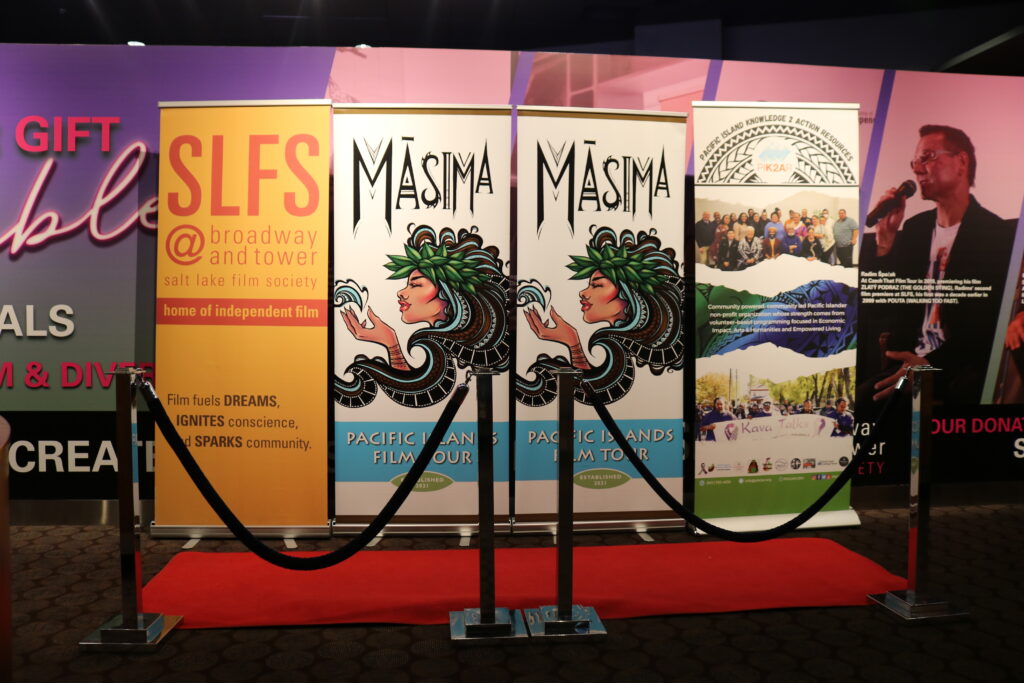
That is why the emphasis SLFS places on exhibiting diverse films in Salt Lake City is so important; providing access to underrepresented stories and voices matters. In 2021, 71% of movies presented by SLFS feature directors, lead characters, and/or subjects that were female, BIPOC, and/or identify as LGBTQ+ (SLFS 2021 Annual Report). I watched several of these movies at SLFS theaters and I always appreciate the accessibility and affordability SLFS provides for all audiences.
Not only that, but Salt Lake Film Society also offers a more extensive approach to exhibiting the stories and voices of other cultures through their Cultural Film Tours. These film tours are a collaboration between SLFS and diverse members of our community to encourage engagement in the arts. The films chosen empower and accurately represent the stories and experiences of members of underserved communities in our city.
SLFS cultural tour programs have been going on for over a decade now, and each year new tours are added to include even more minority populations. Last year SLFS collaborated with Mexican, Jewish, Israeli, and Pacific Island communities to showcase the talent among these diverse filmmakers. During AANHPI month, SLFS hosted Māsima 2022: Pacific Island Film Tour. The program was curated and sponsored by Utah Pacific Islands Knowledge 2 Action Resource, Utah Pacific Islands Film Series, and Salt Lake Film Society.
The lineup of films highlighted filmmakers from the Asian American and Pacific Islander communities. Māsima is part of SLFS’ annual Cultural Film Tours to continue championing and celebrating the rich history and heritage of the AANHPI community here in Utah. I look forward to watching even more films that will be added to Māsima for AANHPI month in 2023!
For SLFS’ Letterboxd account, I contributed my own list of recommendations for AANHPI movies. I like, if not love, all of the movies on this list and would readily recommend any of them! I included a wide range of genres, so hopefully there is something on there to attract any type of moviegoer. I even added a few children’s movies on there as well, because it is even more important for young audience members to see all types of representation in the media.
As a child, I rarely saw anybody on screen that looked like me. Watching these movies would have been so impactful to me in my youth. Even as an adult I enjoyed myself because I know how vital it is that they now exist for young, diverse audiences today. My Letterboxd list makes it apparent that the number of AANHPI movies skyrocketed after the success of Crazy Rich Asians in 2018. Crazy Rich Asians was the first movie by a major Hollywood studio featuring a cast of majority Asian descent since The Joy Luck Club in 1993.
I remember feeling so many emotions by the end of the movie when I saw it in theaters. It was the first time I witnessed an all-Asian cast in every prominent role: both the romantic leads, the best friends, and all the family members. It was a joy to watch so many beautiful, talented Asian characters have rich, complex storylines all within the same movie.
I walked away from each of these recommended movies feeling proud of how far we’ve come as a society in accepting these movies into mainstream culture. It is long overdue. The success of these movies prove that sometimes the most personal stories end up feeling the most universal. I know I am not alone in this and so many other moviegoers feel the same emotions that come with finally seeing your own experience represented on screen.
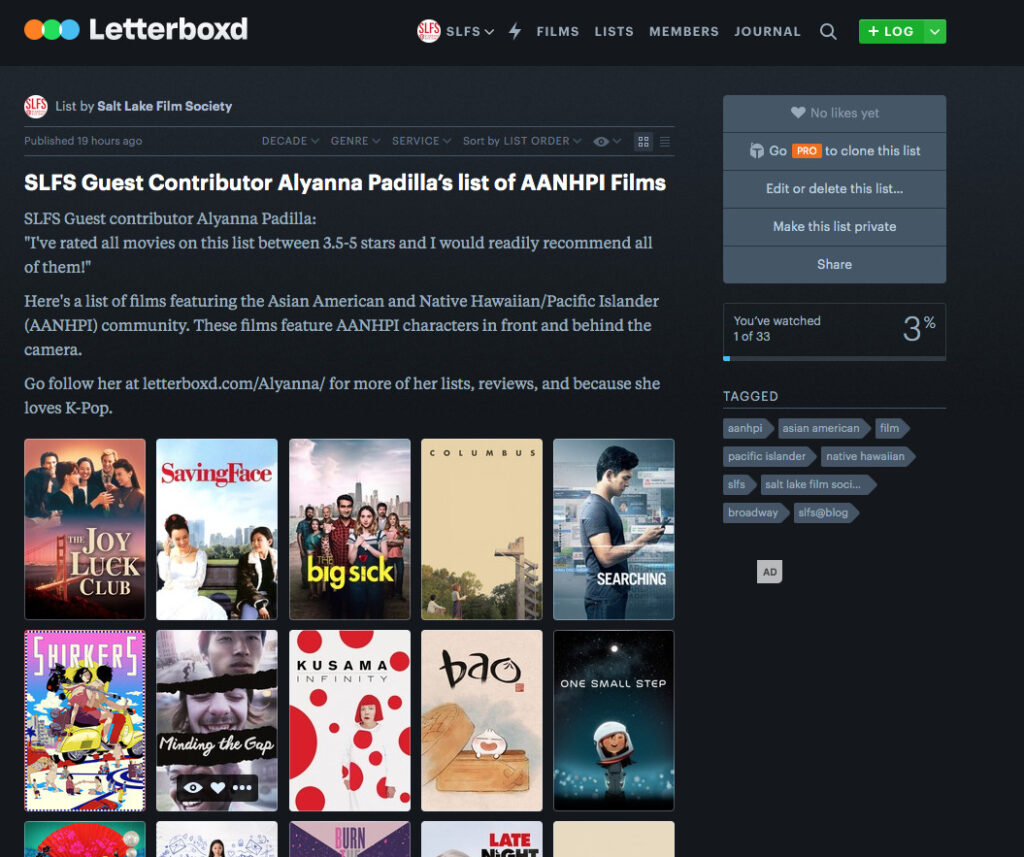
Hopefully this curated list will open your eyes to some truly exceptional movies made by and featuring people that may not look like you. The power of cinema is that it has the ability to challenge your biases and help you examine your own unique experiences and emotions. My favorite moviegoing experiences are when I walk out of the theater feeling changed. The importance of diverse films is that they tell stories told by perspectives different from your own, which hopefully stick with you long after the credits roll.”
If you’d like to contribute to the discussion of independent film in SLC, like Alyanna Padilla, then you can get details by contacting Jesse Sindelar at jessesindelar@saltlakefilmsociety.org.


